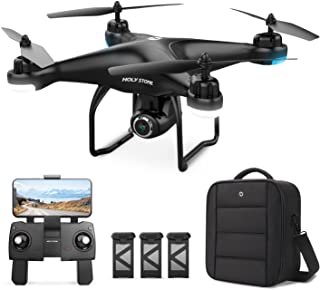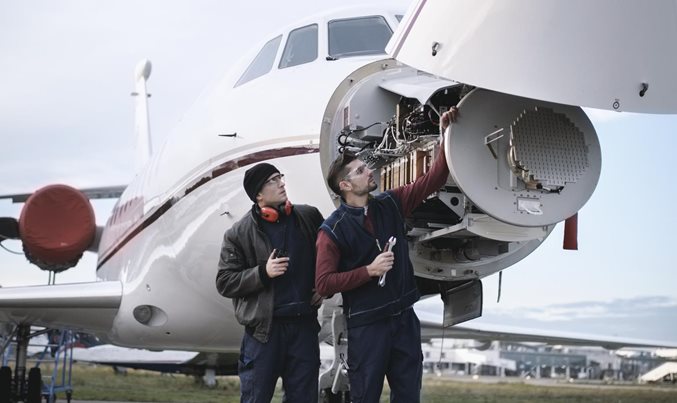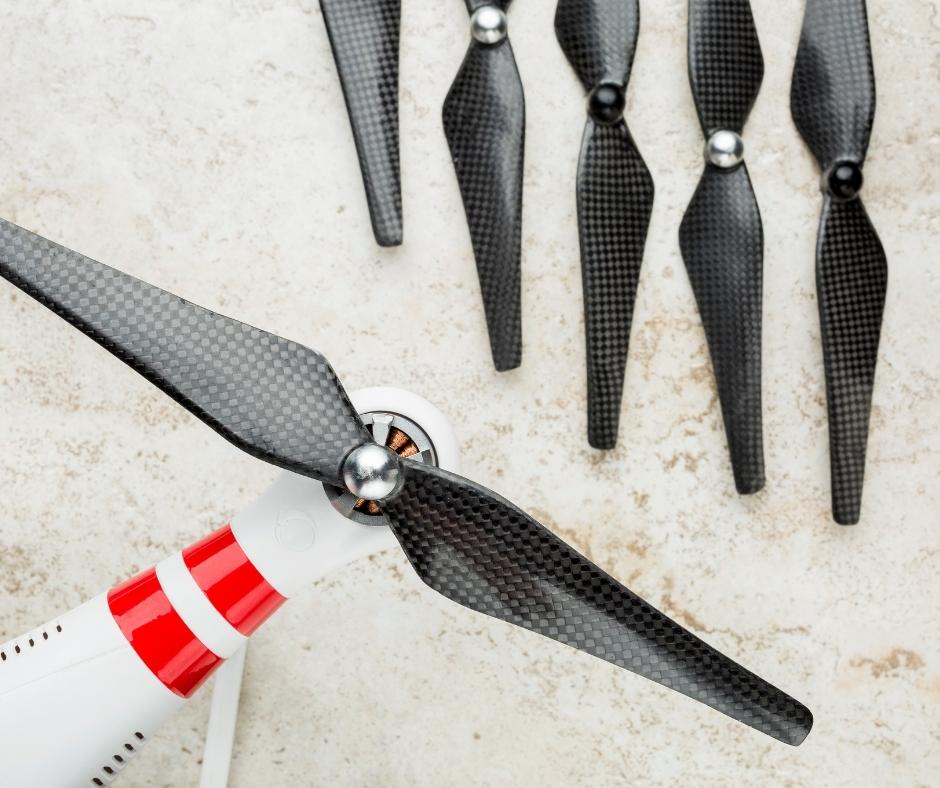
Weather experts are using drones to predict the track of a hurricane. With the advancements made in hurricane prediction over the last 30years, it is possible to predict a hurricane's intensity as well as track with greater accuracy. Drones can be used to detect and measure the strength and intensity of water in an ocean before it becomes hurricane-force. This article covers the Percepto drone, Saildrone, and Coyote drones.
Saildrone
Saildrone's scientists have reduced the drone’s height from 16 to 10 feet and decreased its center of gravity. They've also added redundant technology and improved the drone's satellite connectivity. These improvements have helped the team collect data on ocean carbon levels. In the future, researchers hope to launch larger Saildrone ships. The scientists urge sailors to stay in the air during Hurricane Florence.
Coyote
Raytheon developed Coyote drones, a new technology that flies over a hurricane continuously in real time. The small, flying robot is equipped with a GPS and spring-loaded wings and can fly to hurricanes from low altitudes. They can detect storms in the process of becoming hurricanes and collect data. The U.S. Navy funded the testing of drones using Coyote drones in order to monitor hurricanes.
Percepto
Florida Power and Light, a Florida energy company, began putting Percepto drones onto power lines during the recent hurricane season. The company worked with the FAA and has developed optimized drone monitoring tools and achieved regulatory compliance for commercial drones. This technology allows power providers to fly BVLOS, and monitor storm damage without putting staff safety at risk. The company is currently testing six Percepto Sparrow drones at five locations, and plans to deploy them across all of its power lines and substations.

Coyote infrared sensor
During the 2014 Atlantic hurricane seasons, Coyote's infrared sensor drones proved to be very accurate in providing information about storm conditions. During hurricanes, meteorologists need accurate storm conditions in order to forecast the severity of a storm. Hurricane drones are able to get much closer to continuously monitoring hurricane winds than manned aircraft. They can also collect information from dropwind sondes in order to assist forecasters.
S0 Air-Deployed UAS
S0 Air Deployed UAS have been a valuable asset in hurricane recovery efforts. Hurricane Harvey and Irma both presented different challenges. The primary flooding and secondary winds damage that Hurricane Harvey caused were more severe. Aside from the fact that Irma/Harvey operations were less intense, there were fewer planning challenges for teams due to the reduced airspace traffic. Furthermore, the team did not encounter self-deployed teams or amateur drone operators who disrupted official UAS operations.
Coyote's range
Many species of livestock are under threat from coyotes but their numbers haven't decreased. In fact, they have increased. Because they pose a threat to their livelihood, many people, including ranchers and livestock farmers, have begun hunting them. Hunting has many negative consequences. Before taking any action, it is crucial to understand how coyotes behave. Here are some tips to help you get rid of a coyote.
Cost
A $22,000 drone produced by defense tech firm Raytheon is one possibility. Drones can measure weather conditions and gather data by releasing dropsondes into the atmosphere. These droplets can measure wind speed, temperature, and atmospheric pressure and can be released from a drone during its mission. Drones may be deployed during hurricanes to give forecasters real-time information. A drone powered by batteries can fly for as long as an hour. A single droponde only lasts five minutes.

Safety
Drones are increasingly being used in disaster relief efforts. This includes the safety of drones during hurricanes. According to Federal Aviation Administration, drone use that is not authorized could cause disruptions in rescue efforts or hinder first responders. Drone use for disaster relief and other emergency response activities is illegal under federal, state, or local laws. Here are three examples of the dangers of unmanned aircraft during hurricane relief.
Impact
Drones have proven their utility during hurricanes. After Hurricane Michael, the strength of Hurricane Katrina was outstripped by Hurricane Michael's and it was comparable to 1992's Hurricane Andrew. Drones were used for mapping unsafe and damaged areas, power line downs, and property destruction. This information allowed business owners and insurance companies to begin the claims process and start restoration efforts. Drones have the potential to provide critical data to help assess hurricane damage and aid in disaster recovery.
FAQ
Is Drones Prohibited?
The FAA has prohibited drones from flying close to airports or stadiums, sporting events and nuclear power plants. They are allowed to fly at night by using GPS technology.
How can I keep drones out of my house?
Drones are becoming more common for home surveillance. However they can also be a threat to privacy or security. If you want drone attacks to be avoided, you can install motion sensors all around your property. These sensors will detect any flying objects that are not authorized.
Where can a drone be purchased?
Many drones can be purchased online. Many people prefer to buy their drones online through Amazon, eBay or Walmart. Others prefer to purchase drones directly through the manufacturers.
What are the laws regarding flying drones
The Federal Aviation Administration (FAA), which regulates all aspects drone operations in the United States of America, is responsible for them. To operate a drone commercially, you must first get a certificate from the FAA. Next, you will need to complete a course in flying skills and pass an exam. Final, you will need to pay a fee.
Is it safe for a driver to fly a drone?
Driving a drone is dangerous, as it could cause an accident or crash into another vehicle. You also risk hitting pedestrians or other animals. Additionally, hitting power lines, trees or buildings could cause damage to your car.
Is it possible to spy on someone with a drone?
Anyone can spy on you with a drone. Protecting yourself from drones requires that you be alert to them and stay away from areas where they fly. If you notice a drone flying around, call 911 immediately.
What is the difference in a quadcopter from a hexacopter.
A quadcopter can be described as a quadrotor helicopter with four rotors. It flies the same way as a traditional helicopter. It has four rotating rotors. The quadcopter's quadcopter counterpart, the hexacopter, has six instead of four. Hexacopters are stabler and more maneuverable than quadcopters.
Statistics
- Research and Markets predict a growth rate of 51.1% over the next five years. (thedroneu.com)
- According to ZipRecruiter, the minimum hourly wage of drone pilots is $20. (thedroneu.com)
- According to Indeed, a drone pilot gets paid $25.73 per hour on average in the US. (dronesgator.com)
External Links
How To
How to Fly Drones at a Beginning Level
A drone is a remotely-controlled aircraft that is used for aerial photography and surveillance. Drone technology has existed since World War II. DJI's Phantom series quadcopters were first commercially available in 2010. There have been many drones made since then. These range from beginner-friendly drones like Parrot AR Drone 2.0 to more advanced multi-rotor craft like DJI Mavic Pro.
There are many options for flying a drone.
-
Remote control - This allows you to control the drone from your hand. There are two main types of controllers: On/Off switches (like a radio) and joysticks.
-
Manual Control - Using a smartphone app, this method allows users to remotely operate the drone via GPS coordinates. Follow the instructions of the app to track the exact location you want the drone go.
-
Autonomous Flight: This means that the drone will take care of all the piloting. It basically flies autonomously without any human intervention. For the autonomous flight to occur, the drone must have a built-in camera and sensors capable of capturing images and data.
-
Triggered Flight: This is similar in concept to manual control. The pilot manually creates a route and the drone then follows it until it reaches that endpoint. After the preprogrammed route is complete, the drone will automatically land and return to its base.
-
Landing Gear: Some drones have landing gear that allows them safely to land in case they lose power or run low on battery.
-
Goggles-Some pilots use goggles to protect their eyes from debris during operations.
-
Camera - Some drones can be equipped with cameras which enable you to capture photos from the sky.
-
Obstacles: Some drones are equipped with obstacle avoidance systems to prevent them from hitting obstacles.
-
Speed - Some drones reach speeds exceeding 40 mph.
-
Battery Life – Most drones will last 20 minutes to three hours depending on how powerful they are.
-
Some drones have a range of up to 30 miles, depending on their model.
-
Power source: Some drones will require an external power source while others can be powered by internal batteries.
-
Weight - Some drones can be as light as 1 pound while others can reach 4 pounds.
-
Size - Drones come in many sizes, from small gadgets that fit in one's hands to large craft that weigh more than 50 lbs.
-
Price – All drones fall into a price category. These range from expensive models that cost thousands to affordable options that start at 100 dollars.